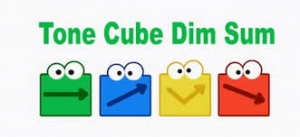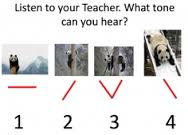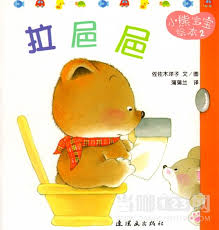Can you learn a little about Mandarin Tones from your child? YES!
Some say this is the hardest part for the learner of Chinese to grasp…TONES! I must admit, they are strange for adult learners to get used to, and to distinguish when listening to native speakers, who nod with a smile when asked to ‘say it again slower’ but don’t seem to actually say it any slower the second time, on top of the fact that Chinese is a language built on homonyms, makes understanding spoken Chinese very difficult indeed!!!! And even for children, if they start learning Mandarin at middle school, these tones are so strange and weird compared to English, that students at this age become inhibited/embarrassed to actually speak Chinese with the correct tone.
But for pre-school and primary aged children, they just enjoy the delightful new sounds they are hearing, and copy the Mandarin teacher’s rising and falling tones without any effort whatsoever! So, if they do continue to learn at middle school, the tones are natural, not ‘weird and embarrassing’.
PLEASE PLEASE PLEASE Australian Government, fund more teachers to teach Mandarin in early childhood!!!
Not much formal teaching of syllable sounds and tones are done in the Early Years classroom! It’s all done through story and song. But there are a few things I do to help children visualise the voice patterns that they are hearing.
During the Sesame Street episodes, (see a blogpost on Sesame Street here) children watch a ‘TONE CUBE DIM SUM’ segment. In typical Sesame Street style they have a 神秘文字 ‘Mystery Character’ of the day, animated with its tone, and a chance for children to say the character multiple times with a visual of the animated tone mark. We move our hands as well as our voice in the same tone movement.
Sometimes we read a story or sing a song that has opportunities to have fun with tones and how the meaning changes. I often bring the panda tone pictures out when we do this, another visual of the tone patterns. (Taken from creativechinese.com)
A book we have read this term that highlights how tones can be fun in Chinese is 拉㞎㞎 (Lā bǎ ba / Do a poo). I bought this set of pre-school related stories last time I was in China. You can read these books on an app. If you copy and paste 小熊宝宝 (Little precious bear) in the app store you will get an app that has these books inside, about Little Bear and his Early Years world! Unfortunately there is no sound on the app, so you must be able to read Chinese to read them to your kids. But the children may enjoy looking at the pictures and looking at the Chinese script, and may even be able to repeat some of the lines, as we read this book often. It will make them feel good that they can read Chinese!
As well as the fun toilet humour value the book brings, I often mention that ‘Dad’ in Chinese is 爸爸 (Bàba). We look at the Panda sliding down the slide, and make sure that our voice goes ‘down’ as we say 你好爸爸 (Nǐ hǎo bàba / Hello Dad). Then we work out what we are saying if we say ‘baba’ with the Panda who is confused and doesn’t know if he is going down or up the tree, in third tone ‘bǎba’. The children are amused, because they can easily work out from the story we have been reading that it means poo! So if your child comes home to Dad, and says ‘Nǐ hǎo bǎ ba’ and laughs their head off, you now know that they are playing a little joke on you and saying ‘Hello Poo!’.
A side note on ‘Poo’: The general word for doing a wee or a poo in Chinese is 便便biànbian. It literally means ‘convenience’, a 大便便 (Dà biànbian) is a big convenience, or a ‘poo’, and a 小便便 (xiǎo biànbian), or little convenience is a ‘wee’. The word 㞎㞎 (bǎ ba) is the kind of word you would use with a pre-schooler, like ‘ooooh a little poo poo!’ 🙂


